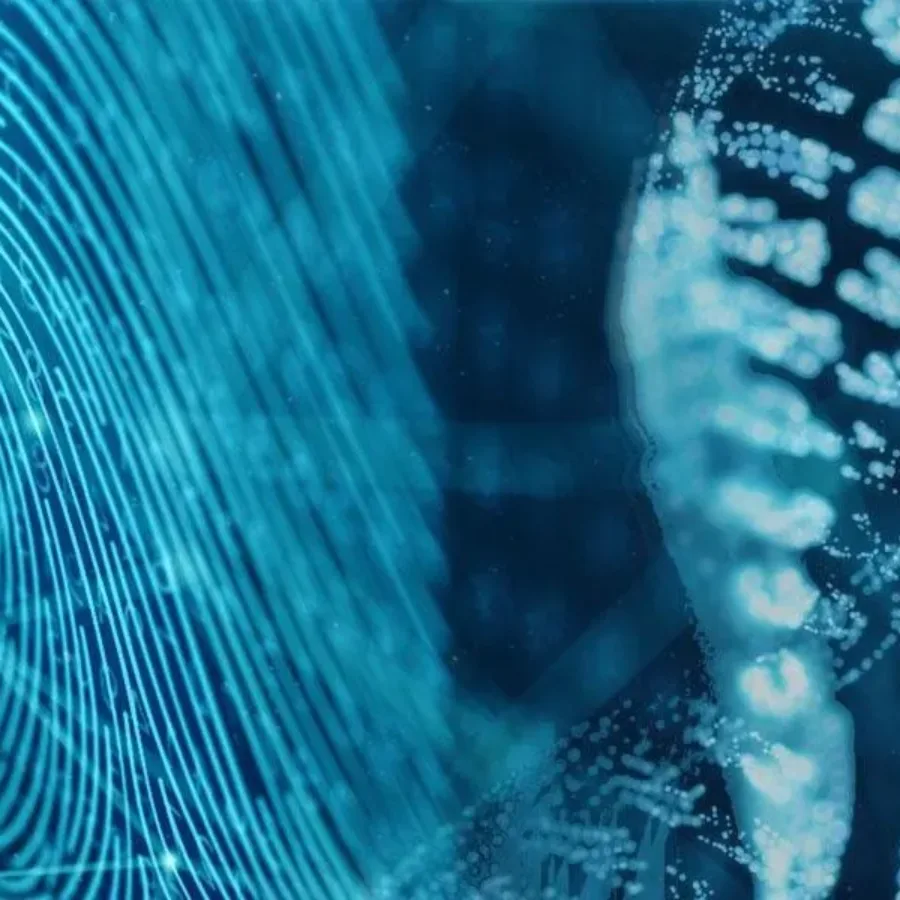 Podcasts
Podcasts
For our second episode of “The Conversational Flow” podcast, Brian and Adam felt that the best topic to discuss was that of sample collection, sample processing and the important role it plays in Flow Cytometry analysis. This is an often discussed topic – What is the best way…
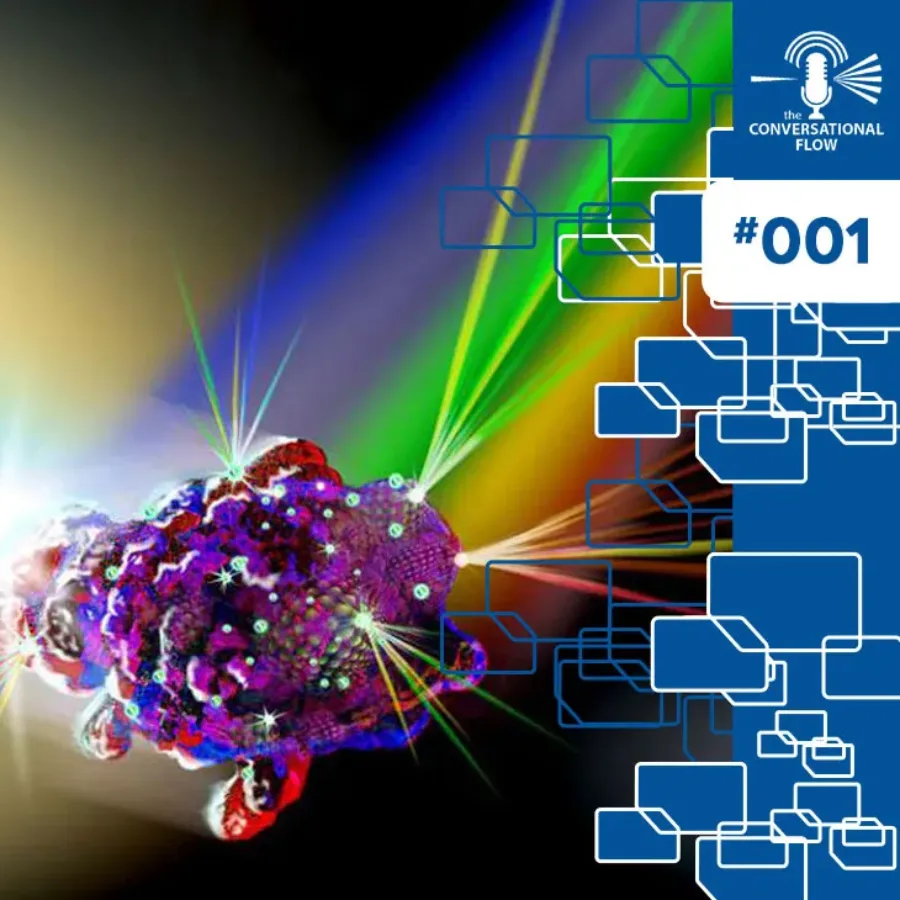 Podcasts
Podcasts
Flow cytometry is a technique used to detect and measure physical and physiological characteristics of a population of cells or particles. Tens of thousands of cells can be quickly examined and the data gathered is processed by a computer. Uses of flow cytometry can included determination of Cellular…
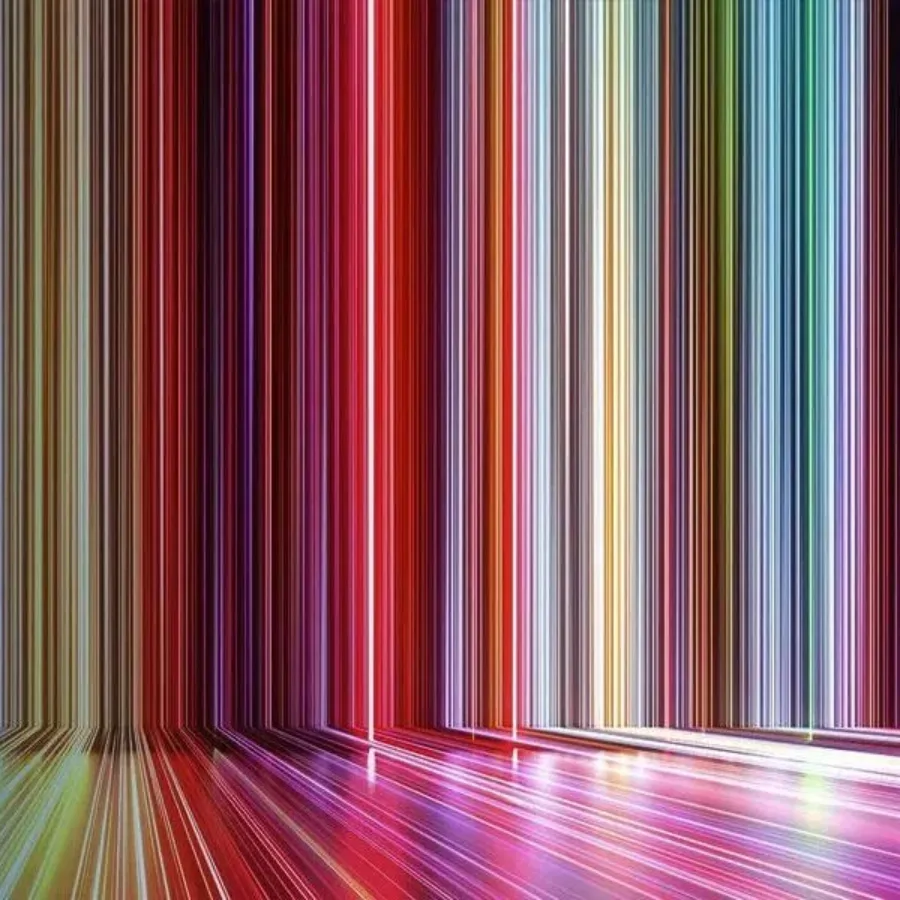 Blogs
Blogs
In the rapidly evolving realm of flow cytometry, conventional flow cytometry is gradually being displaced by its advanced counterpart, spectral flow cytometry. These technologies, each with its unique strengths and applications, have revolutionized the way we analyze cells and particles. Let’s dive…
 Blogs
Blogs
Immunophenotyping has undergone a seismic change in less than two decades as panel sizes have increased in complexity from <10 to >40 colors. Let’s explore how immunophenotyping is transforming the field and how KCAS Bio is at the forefront of this…
 Blogs
Blogs
In an exciting development, KCAS, through its subsidiary FlowMetric, is expanding its flow services in Europe. With a history of providing cutting-edge flow services in the EU, KCAS is taking a significant step forward by transitioning services from its Milan, Italy site to…
 Blogs
Blogs
Spectral flow has come a long way in recent years, transforming from a mere whisper of possibility to an essential tool in bioanalysis. Initially gaining traction in academic institutions, it quickly caught the attention…
 Blogs
Blogs
Biologics are drugs derived from complex molecules like antibodies. Over the last two decades they have re-emerged as…
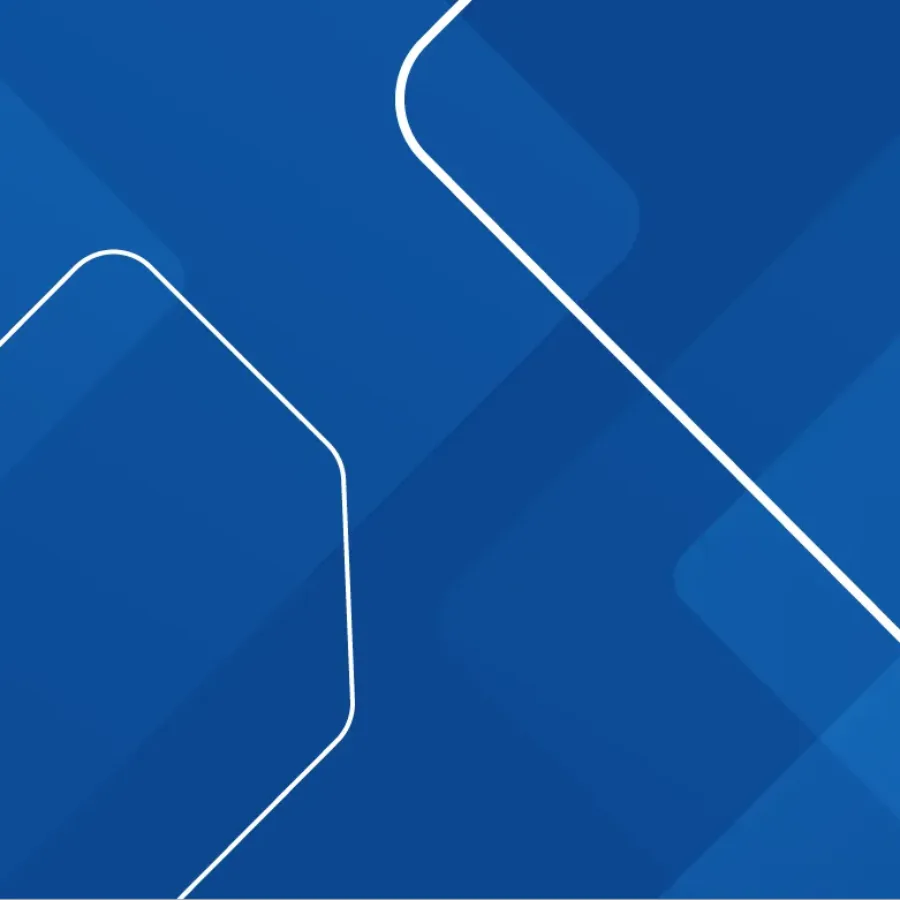 Blogs
Blogs
Business Wire – May 24, 2023 11:00 AM EST – In an effort to continue providing the…
 Blogs
Blogs
Being that it is a relatively “niche” segment of the industry, there are several key areas that need to be considered in the field of molecular services related to cell and gene therapies. First and foremost, it is important to recognize that regulatory guidelines within this field are…
 Blogs
Blogs
Understanding the interactions between drugs and biological systems is critical for the success of a new drug. One key tool in this process is functional assays. Functional assays are customized assays that evaluate the impact of drugs on the functionality of cells. They test for a drug’s specific biological mechanism…
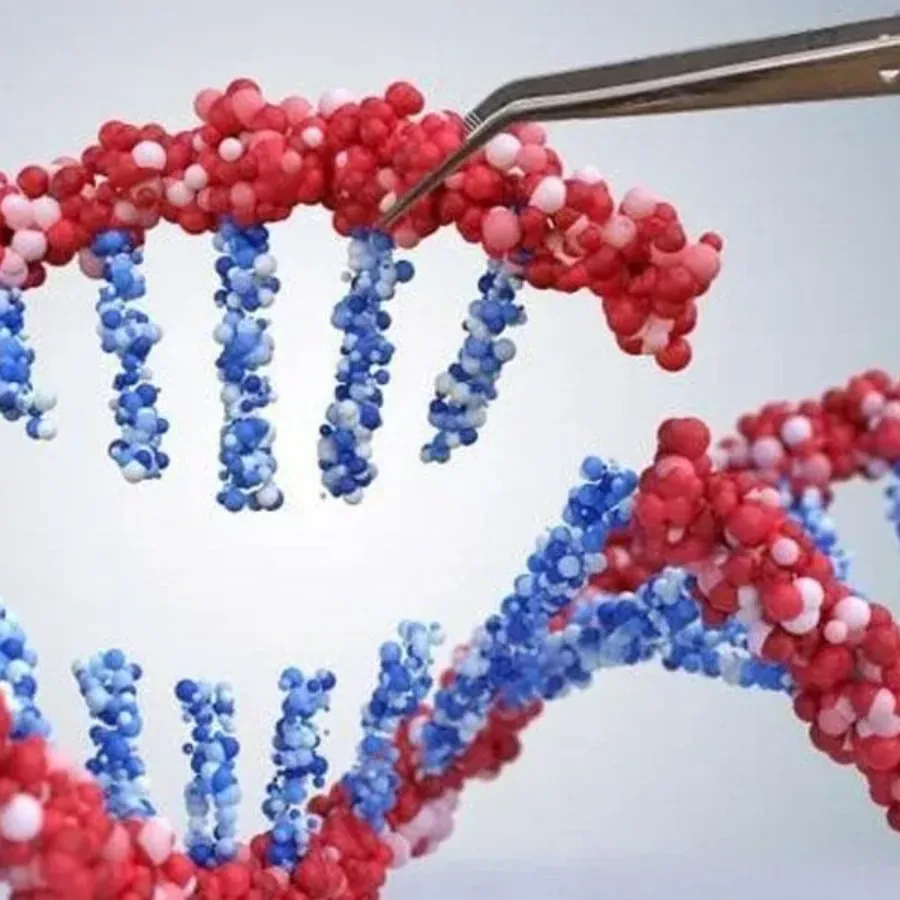 Blogs
Blogs
Cell and Gene Therapies (CGTs) has an estimated market size value in 2022 of USD 8.22 billion and a revenue forecast in 2030 of USD 24.5 billion. This is a CAGR (compound annual growth rate) of 14.6% from 2022 to 2030. Needless to say, the…
